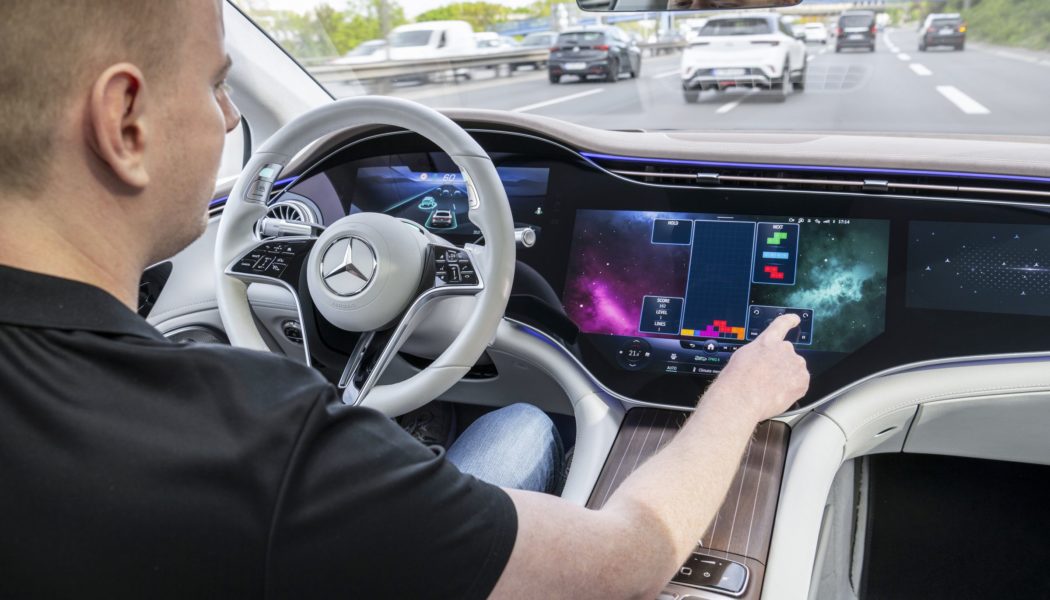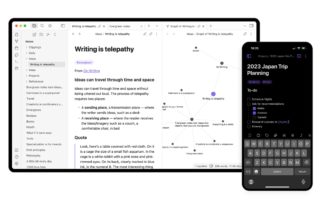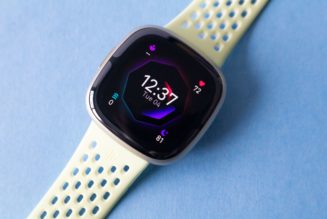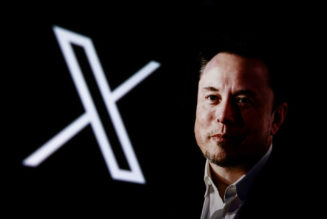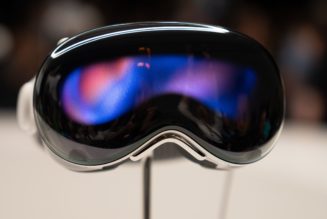The company’s Drive Pilot system is approved for use in Nevada, but only at speeds up to 40 mph. You can play Tetris while cruising down the highway, but make sure your face stays visible to the camera, or the system disengages.
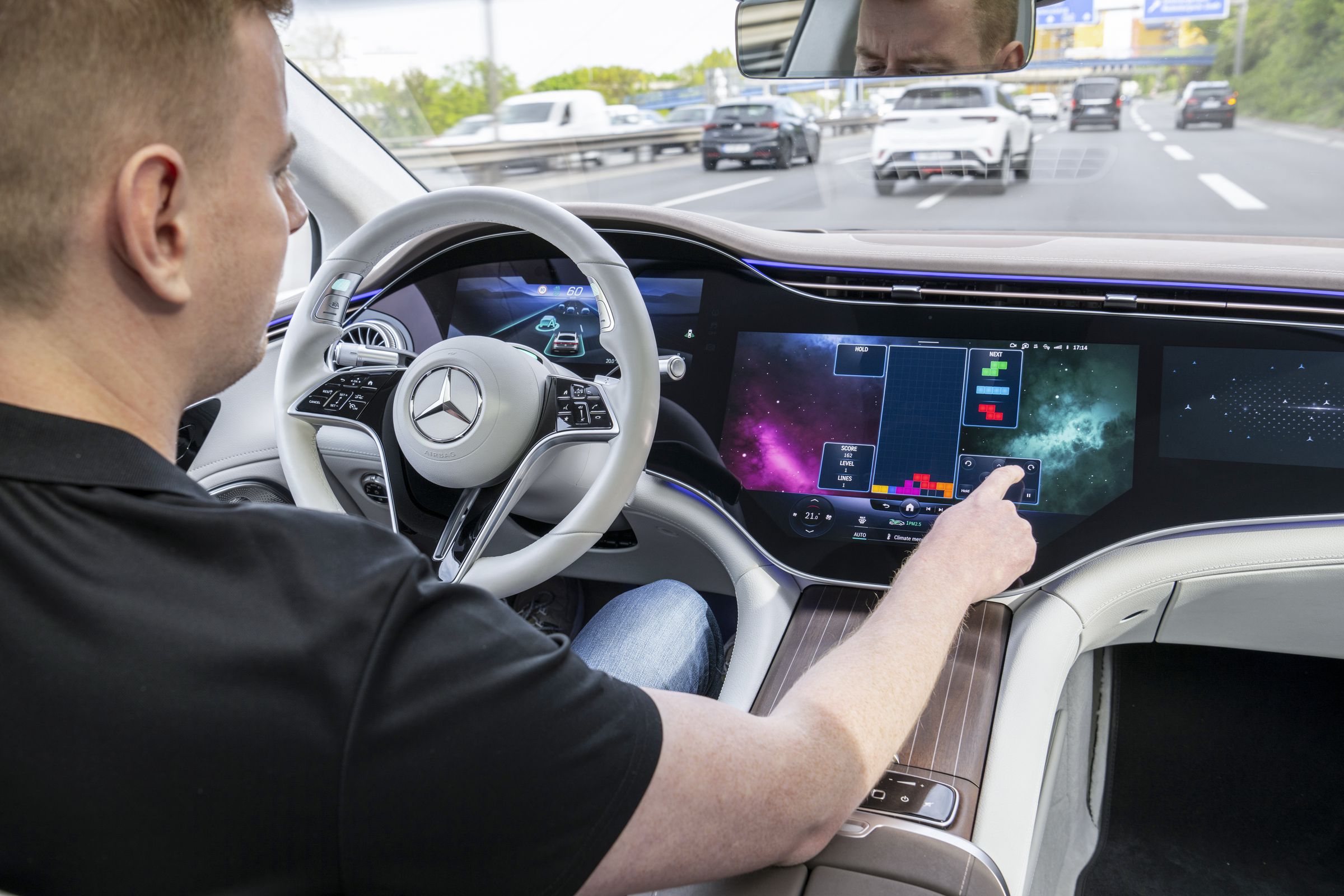
Mercedes-Benz announced that it was the first automaker to receive government approval in the US for a Level 3 driving feature. The company said it had self-certified in Nevada for use of its Drive Pilot feature, in which the car does all the driving but the driver needs to stand by to take control at a moment’s notice.
Mercedes certified that its technology meets Nevada’s “minimal risk condition” requirement that requires Level 3 or higher “fully autonomous” vehicles to be able to stop if there is a malfunction in the system.
“Nevada law allows all automation levels to operate on public streets,” a spokesperson for the state’s DMV said in an email. “Nevada does not issue any permit or license based on an autonomous vehicle’s level of automation.”
Mercedes-Benz’s Drive Pilot is similar to “hands-free” highway driving systems like GM’s Super Cruise, Ford’s BlueCruise, and Tesla’s Autopilot, in so far as it allows drivers to take their hands off the steering wheel and feet off the pedals under certain conditions. But unlike Level 2 systems, in which drivers are required to keep their eyes on the road, Mercedes’ Level 3 system has a little more allowances.
According to The Drive, which got to test out the system on a closed course in Germany last year, the driver must keep their face visible to the vehicle’s in-car cameras at all times but can also turn their head to talk to a passenger or play a game on the vehicle’s infotainment screen. (A Mercedes engineer suggested playing Tetris, for example.) But when The Drive reporter brought a camera up to his face to take a picture, the system disengaged.
In other words, the system doesn’t allow drivers to take a nap or ride in the vehicle in the backseat. In the past, people have abused the lax driver monitoring controls in Tesla’s Autopilot to do both, which has unnerved regulators and spurred safety advocates to call for more robust monitoring.
Other than that, Drive Pilot acts similarly to many of the Level 2 systems that are available in the US. It accelerates and decelerates, depending on traffic ahead. It can stay centered in the lane and perform automated lane changes and blind spot detection. Interestingly, Mercedes says that Drive Pilot will only operate at speeds up to 40 mph on “suitable freeway sections and where there is high traffic density” — which seems to suggest it will only be available in heavy, stop-and-go traffic.
In addition to cameras and radar, the system relies on data from a lidar sensor to construct a 3D model of its surrounding environment, as well as microphones to detect approaching emergency vehicles.
To be sure, Level 3 systems are not without their risks. Most autonomous vehicle operators, including Waymo and Cruise, have said they think Level 3 is too dangerous, preferring to work exclusively on Level 4 technology. The reason is the need for drivers to stay attentive despite the vehicle performing most of the driving tasks.

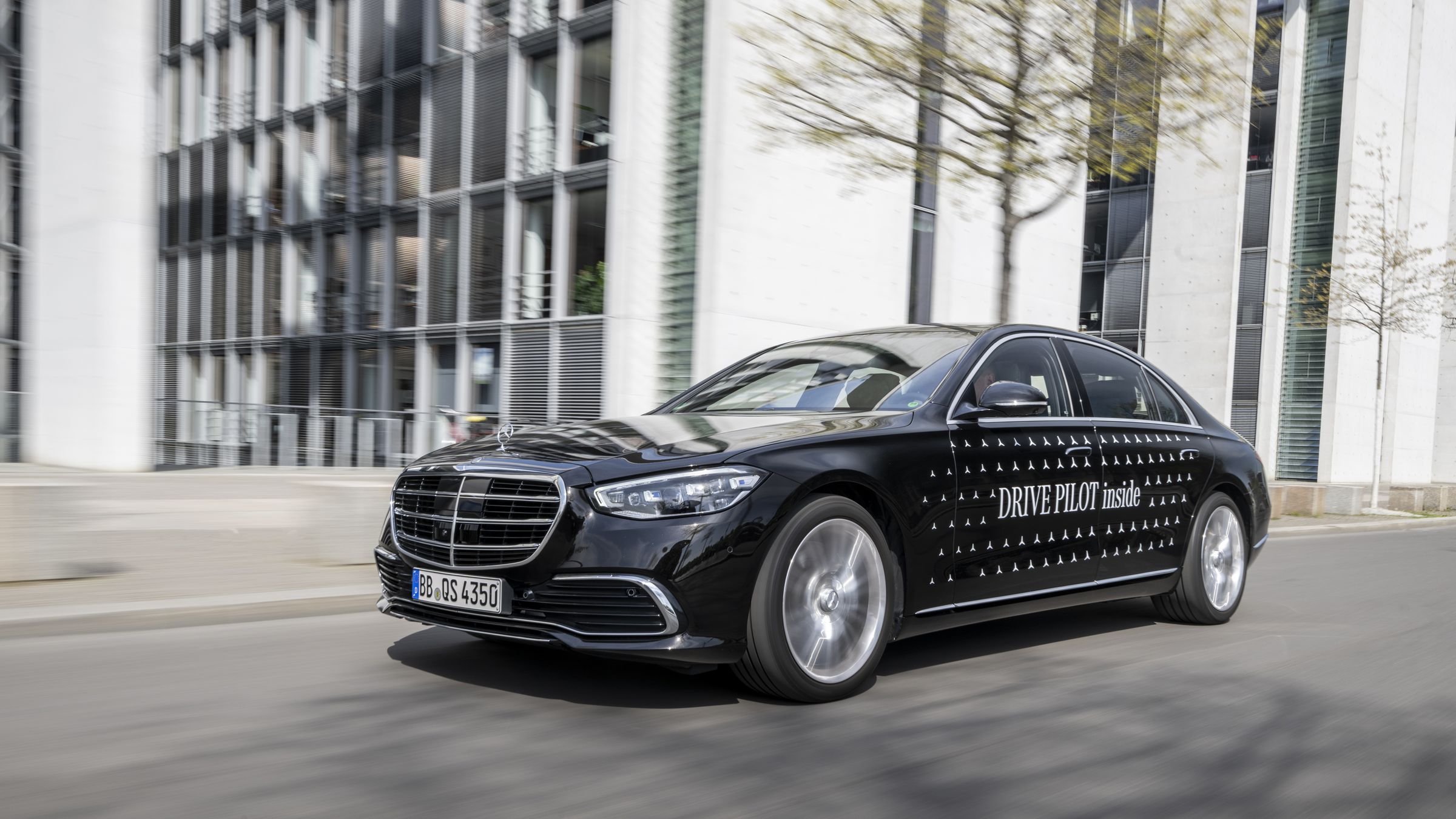
There have been studies that show that hand-off between automated system and human driver can be especially fraught. When people have been disconnected from driving for a longer period of time, they may overreact when suddenly taking control in an emergency situation. They may overcorrect steering, brake too hard, or be unable to respond correctly because they hadn’t been paying attention. And those actions can create a domino effect that has the potential to be dangerous — perhaps even fatal.
Mercedes isn’t the only automaker pursuing the technology. In its announcement that it was pivoting away from fully autonomous driving, Ford said it would turn to “internally developed L2+/L3 technology.” Audi, BMW, and Volvo have all said they are working on their own Level 3 systems, with California seen as the next frontier for testing and deployment. Indeed, Mercedes said it hopes to receive approval to begin offering its Level 3 system to drivers in the state later this year.
